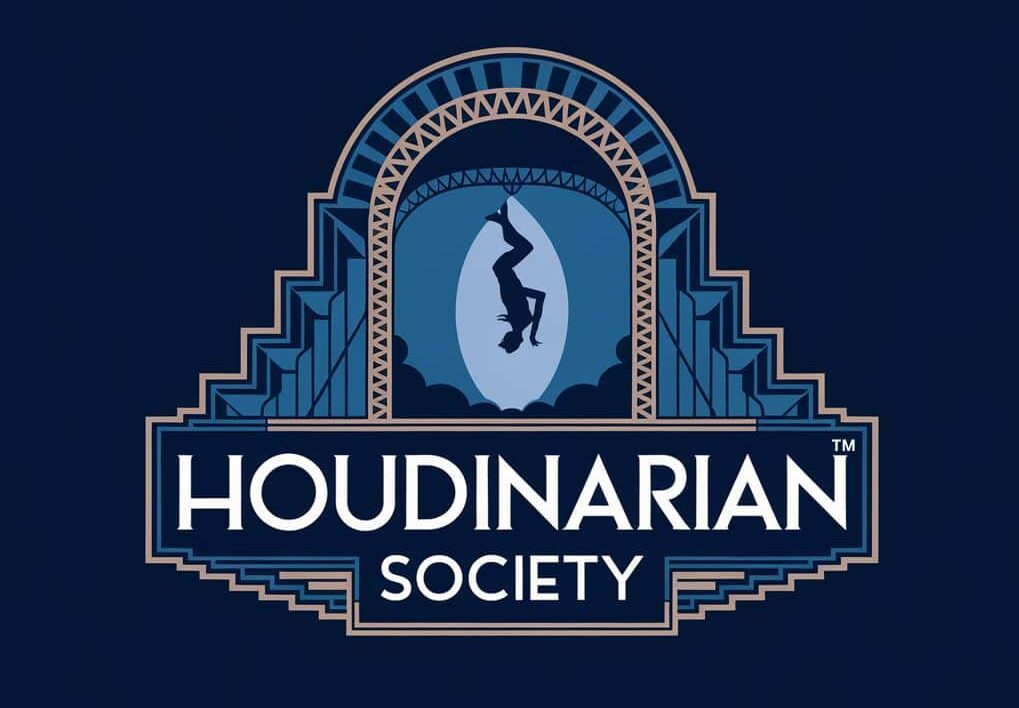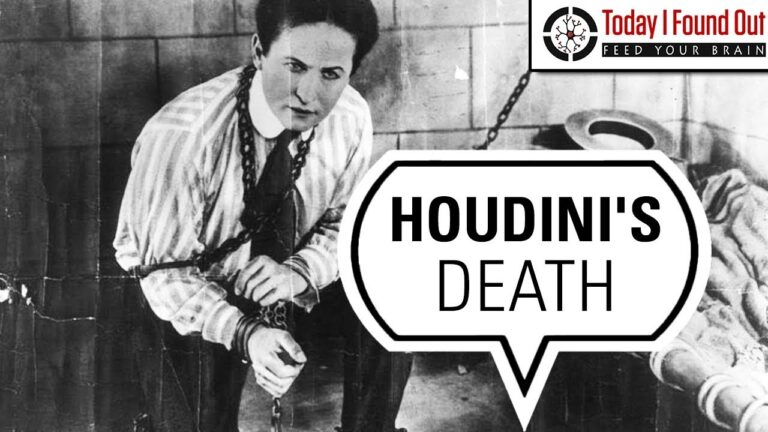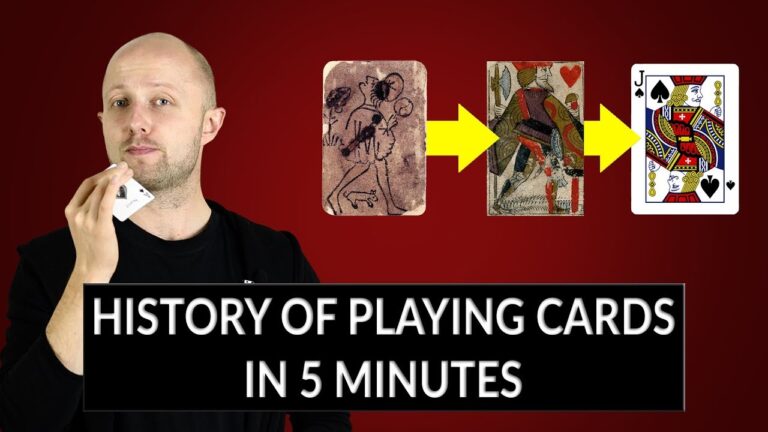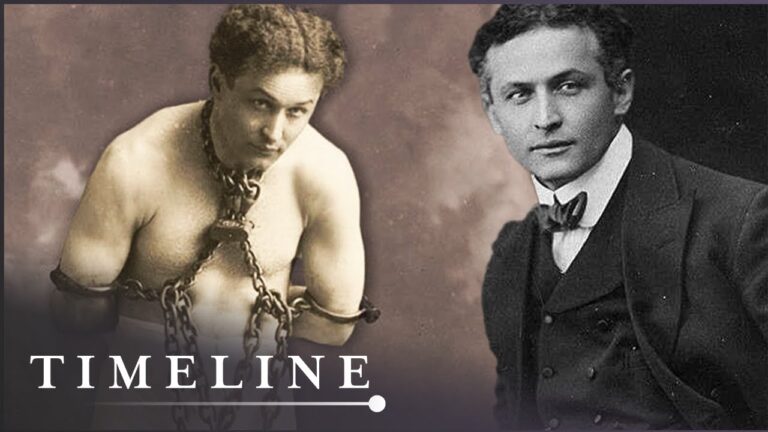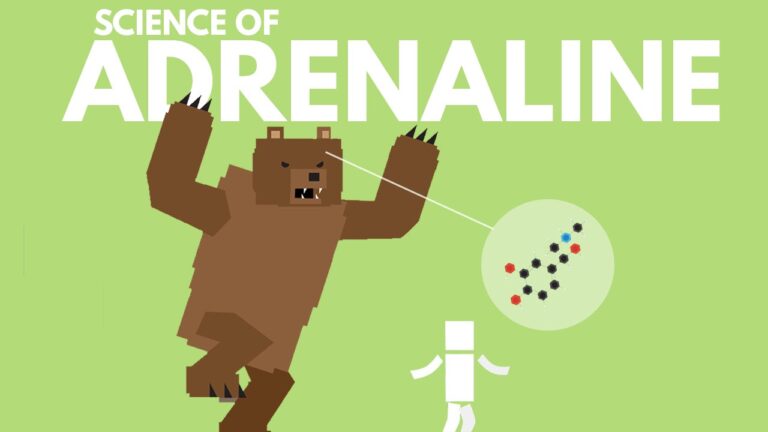Reimagining Houdini: How Modern Artists and Writers Interpret His Life and Work
Harry Houdini captivated audiences with feats that seemed impossible. His escapes from handcuffs, water tanks, and straitjackets made him more than just a magician – he became a symbol of breaking free from life’s constraints.
Modern artists and writers interpret Houdini as a metaphor for personal liberation. They use his story to explore themes of identity, assimilation, and the human desire to overcome limitations.
Documentary footage and photographs show Houdini’s remarkable performances, but they tell only part of his story. Today’s creative minds see beyond the spectacle to examine his complex personal life and lasting cultural impact.
His journey from immigrant to worldwide sensation resonates with contemporary discussions about success and reinvention.
You’ll find Houdini’s influence in unexpected places – from avant-garde art installations to Broadway productions. His legacy in contemporary American culture continues to grow as each generation discovers new meaning in his remarkable story.
Modern interpretations range from celebrating his showmanship to exploring his role as a symbol of breaking social barriers.
The Enduring Legacy of Houdini

Harry Houdini’s influence extends far beyond his death in 1926, shaping entertainment and capturing imaginations through generations. His name has become synonymous with escape artistry and pushing the boundaries of human capability.
Houdini’s Impact on Magic and Performance Art
You can see Houdini’s technical innovations in modern magic shows worldwide. His spirit of curiosity and innovation transformed magic from simple tricks into grand theatrical productions.
Your favorite magicians today still study his methods of misdirection and showmanship. He pioneered the art of controlling his narrative and building suspense, techniques now standard in live performance.
Modern escape artists measure their skills against his legendary feats. The Chinese Water Torture Cell and Milk Can Escape remain benchmarks of dangerous illusions.
Cultural Significance of Houdini’s Life and Work
You’ll find Houdini’s influence in books, films, and popular culture. His life story continues to fascinate new generations, inspiring countless biographies and dramatic adaptations.
His impact on American culture remains strong nearly a century after his death. Your exposure to Houdini might come through references in movies, TV shows, or even casual conversations about impossible escapes.
His dedication to exposing fraudulent mediums and supernatural claims shaped modern skepticism. When you hear someone described as “a regular Houdini,” you understand the reference to extraordinary skill and daring.
His name has become a symbol of breaking free from constraints, both physical and metaphorical. You can see his influence in modern performance art that challenges physical limitations.
Contemporary Artistic Interpretations

Artists across multiple mediums continue to draw inspiration from Houdini’s mystique, transforming his legendary escapes and illusions into new forms of creative expression.
Visual Arts: Paintings, Sculptures, and Installations
Modern painters and sculptors reimagine Houdini’s most famous acts through abstract and figurative works. Contemporary artists explore obsessive themes in their interpretations, much like Houdini’s own dedication to his craft.
The Whitney Museum’s 2019 exhibition “Bound to Amaze” featured Jane Hammond’s mixed-media piece “Houdini’s Hands,” depicting the magician’s tools of escape in meticulous detail.
Artist Matthew Barney’s “Drawing Restraint” series pays homage to Houdini’s physical constraints, creating performances where he attempts to make art while restricted by various bindings.
Film and Television: Reimagining Houdini on Screen
Recent documentaries and biopics bring fresh perspectives to Houdini’s story. The History Channel’s 2014 miniseries “Houdini” starring Adrien Brody emphasized the psychological aspects of his performances.
The 2020 independent film “Death and the Magician” explores Houdini’s fascination with mortality through experimental cinematography and non-linear storytelling.
Netflix’s “The Magic of Houdini” uses modern CGI to recreate his most dangerous stunts, giving viewers new insights into his methods.
Literature: Novels, Short Stories, and Poetry Inspired by Houdini
Writers continue to find new angles in Houdini’s narrative, creating works that blend historical fact with imaginative fiction. Steven Galloway’s novel “The Confabulist” examines Houdini’s life through the eyes of the man who supposedly killed him.
Poetry collections like Michael Chabon’s “The Amazing Adventures of Kavalier & Clay” weave Houdini’s influence throughout their narratives, using his escapes as metaphors for personal freedom.
Glen David Gold’s “Carter Beats the Devil” incorporates Houdini as a pivotal character, exploring the competitive world of early 20th-century magic through a contemporary lens.
Performance Art and Live Interpretations

Contemporary artists transform Houdini’s legacy through live performances that capture his daring spirit and innovative mindset. These interpretations span magic, theater, and movement arts.
Modern Magicians and Illusionists Inspired by Houdini
Modern performance artists draw heavily from Houdini’s showmanship while adding their own technological twists. You’ll find David Copperfield recreating and updating Houdini’s famous water torture cell with enhanced dramatic elements.
David Blaine pays tribute through endurance feats, like his 2000 ice encasement in Times Square. Penn & Teller reference Houdini’s debunking work by revealing magic methods to educate audiences.
These performers maintain Houdini’s tradition of pushing boundaries. They combine classic escape artistry with modern stagecraft and digital effects.
Theatrical Productions and Stage Performances
Broadway’s Ragtime featured Houdini as a symbolic figure of immigrant success and American possibility. The musical Houdini starring Hugh Jackman, though unrealized, sparked renewed interest in theatrical adaptations.
Regional theaters frequently mount plays exploring Houdini’s relationship with spiritualism and his wife Bess. The most compelling productions focus on his inner conflicts rather than just his tricks.
Small experimental theaters create intimate shows examining Houdini’s influence on pop culture and celebrity.
Dance and Physical Theatre: Embodying Houdini’s Spirit
Dance companies interpret Houdini’s physicality through movement. The piece “Metamorphosis” uses aerial work and contortion to capture his escape artistry.
Physical theater groups reenact famous stunts using contemporary dance vocabulary. You’ll see performers wrapped in chains, suspended upside down, or submerged in water tanks.
These interpretations emphasize the raw strength and flexibility required for Houdini’s acts. Choreographers highlight the grace behind his seemingly impossible feats.
Thematic Reinterpretations in Modern Art
Modern artists explore Houdini’s legacy through themes of personal freedom, reality versus illusion, and the nature of performance art. Their works transform his physical escapes into metaphors for broader human experiences.
Escape and Liberation: Contemporary Symbolism
You’ll find contemporary artists using Houdini’s escape acts as powerful symbols for breaking free from social constraints. Artists like Marina Abramović create performances where chains and restraints represent modern limitations.
The image of breaking free resonates strongly in feminist art. Works often show women escaping from traditional roles, directly referencing Houdini’s famous water torture cell.
Street artists have painted murals depicting figures bursting from straightjackets made of corporate logos and social media symbols. These pieces connect Houdini’s physical escapes to digital-age liberation.
Illusion and Reality: Exploring Perception and Deception
Your understanding of reality shifts when viewing installations inspired by Houdini’s magic principles. Artists use mirrors, light, and perspective to create spaces that challenge your perception.
Digital artists create virtual reality experiences that put you in Houdini’s position, letting you feel the tension between what’s real and what’s illusion.
Video installations play with time and space, making solid walls appear to dissolve. These works connect to Houdini’s famous “walking through walls” illusion.
Spectacle and Public Persona: The Art of Performance
You can see Houdini’s influence in how modern performance artists craft their public image. They use social media and live streaming to create mystery and anticipation, just as Houdini used newspapers and posters.
Performance artists stage dangerous acts in public spaces, drawing crowds through risk and spectacle. These shows mirror Houdini’s suspended straitjacket escapes.
Interactive art installations let you become part of the performance. Artists create escape room-style experiences where you step into the role of the great magician.
Social and Cultural Contexts in Modern Reinterpretations
Modern artists bring Houdini’s legacy into sharp focus through social justice themes, cultural critiques, and technological innovations. His struggles with authority and quest for freedom resonate powerfully with contemporary audiences.
Addressing Contemporary Social Issues Through Houdini’s Themes
You’ll find artists using Houdini’s escape acts as metaphors for breaking free from modern constraints. His immigrant story and rise from poverty speak to current debates about social mobility and the American Dream.
Today’s performers reimagine his handcuff escapes to highlight issues of mass incarceration and systemic inequalities. The image of breaking free from chains has become a powerful symbol in contemporary art movements.
Street artists particularly embrace Houdini’s anti-establishment stance, creating murals that connect his defiance of authority to modern protest movements.
Cultural Commentary and Critique in Reimagined Works
Writers and filmmakers explore Houdini’s complex relationship with spiritualism to examine modern skepticism and belief systems. His quest to expose fraudulent mediums parallels contemporary battles against misinformation.
Contemporary visual artists incorporate magical realism to blend Houdini’s feats with current social narratives. You’ll see his image used to challenge assumptions about fame, power, and spectacle in the digital age.
Performance artists recreate his underwater escapes to comment on environmental crisis and humanity’s relationship with nature.
The Role of Technology in Modern Artistic Interpretations
Digital artists transform Houdini’s illusions into virtual reality experiences, allowing you to step inside his most famous tricks. These installations merge historical authenticity with cutting-edge technology.
3D projection mapping brings his performances to life on building facades, creating immersive public art experiences. Social media artists reframe his publicity stunts for the digital era.
Interactive installations let you explore the mechanics behind his escapes through motion sensors and augmented reality.
Case Studies of Notable Works
Artists, writers, and performers continue to draw inspiration from Houdini’s dramatic escapes and complex persona. Their works reveal new layers of meaning in his seemingly simple yet profound acts of liberation.
Analysis of Specific Visual Art Pieces
The Jewish Museum exhibition featured Matthew Barney’s Cremaster 5, where the artist reimagined Houdini’s underwater escapes through sculptural installations. The piece used petroleum jelly and metal restraints to evoke feelings of constraint and release.
Contemporary artist Petah Coyne created “Untitled #1375 (Houdini’s Pier)” using wax and silk flowers. The sculpture dangles precariously, mirroring the tension in Houdini’s suspended straitjacket escapes.
You’ll find Deborah Oropallo’s digital collages particularly striking. Her work “Escape Artist” overlays vintage Houdini posters with modern imagery, creating a dialogue between past and present performances.
Examination of Key Literary Works
Glen David Gold’s novel “Carter Beats the Devil” weaves Houdini’s influence throughout its narrative. The book explores themes of deception and revelation that defined Houdini’s career.
Steven Galloway’s “The Confabulist” takes an innovative approach by telling Houdini’s story through the eyes of the man who allegedly killed him. This perspective shift reveals how personal myths intertwine with historical facts.
E.L. Doctorow incorporated Houdini as a character in “Ragtime,” using him to represent the transformative power of performance in early 20th century America.
Review of Influential Performances and Productions
The Death-Defying Acts documentary footage shows modern performers recreating classic Houdini escapes with new technological twists.
David Blaine’s underwater endurance feats pay direct homage to Houdini’s original work.
The stage production “Nothing to Hide” by Derek DelGaudio and Helder Guimarães reimagined Houdini’s close-up magic for contemporary audiences.
Their approach emphasized psychological elements over pure spectacle.
Penn & Teller’s “Houdini Box” illusion demonstrates how modern magicians adapt Houdini’s methods while maintaining the core element of wonder.
The Influence of Houdini on Modern Creative Practices
Harry Houdini’s methods and showmanship continue to shape creative expression across many fields.
Artists and performers draw from his innovative approaches to craft their own unique work.
Inspiration and Innovation: Learning from Houdini’s Techniques
Modern illusionists study Houdini’s masterful blend of physical skill and psychological manipulation.
You can see his influence in how today’s performers combine athletic prowess with theatrical presentation.
His marketing genius shows in modern magic shows. When you watch contemporary escape artists, you’ll notice they use Houdini’s technique of building suspense through seemingly impossible challenges.
Many performers have adopted his practice of thoroughly documenting methods. This helps you understand how detailed preparation leads to flawless execution.
The Legacy of Houdini in Modern Creative Education
Magic schools now teach Houdini’s core principles of showmanship: timing, misdirection, and audience connection.
You’ll find these elements in modern performance curricula.
His emphasis on physical conditioning has become standard training. Modern performers learn that peak fitness enhances their ability to execute complex illusions.
Students study his promotional strategies as examples of effective personal branding. You can apply these lessons to build your own audience engagement.
Collaboration and Community Among Artists Inspired by Houdini
Creative professionals form networks to explore Houdini’s techniques together. You’ll find groups dedicated to studying his methods in major cities worldwide.
These communities focus on risk-taking and innovation. Artists push boundaries while maintaining the highest safety standards.
Collaborations often lead to new interpretations of classic effects. When you join these groups, you become part of a tradition that values both preservation and innovation.
Contents
